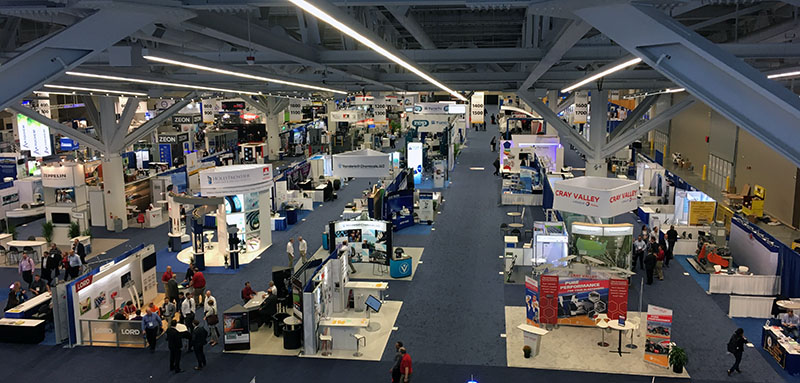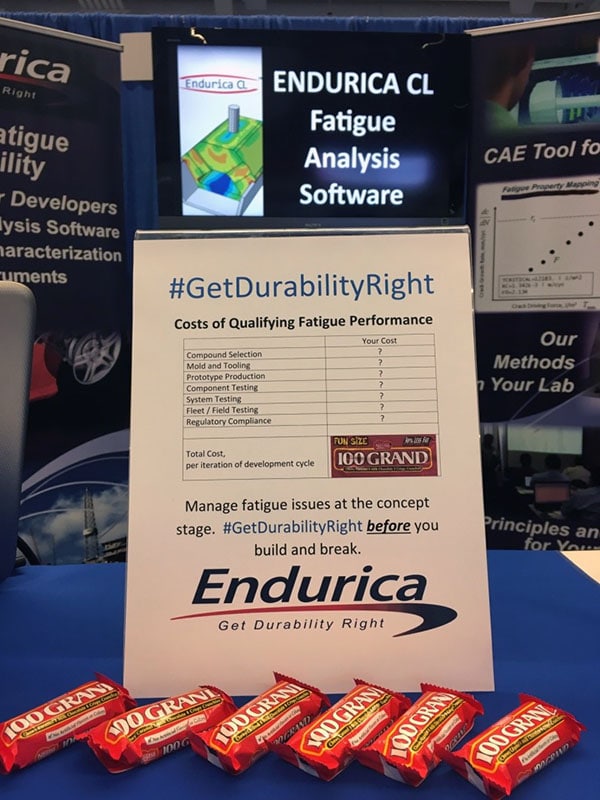2023 marked year 15 for Endurica. If I had to pick one word to describe the past year, that word would be “vector”. Because magnitude and direction. 😊
We updated our core value statement this year. The first one I ever wrote as part of Endurica’s original business plan listed 3 values: technical leadership, customer focus, and trustworthiness. Those values served us well for many years and in many ways shaped who we have become. But it was important this year to take stock again. We’ve grown 8-fold since I wrote those down! So our team spent many hours revisiting our shared values and deliberating over which will best define our culture and steer us right going forward. In the end, we decided to keep the first 3, and we added 3 more: embrace the grit, make an impact, and better every day.
We also completed an exercise to articulate what makes Endurica truly unique in the CAE / durability simulation space. The 3 words we chose are… Accurate, Complete, and Scalable.
- Accurate refers to the accurate material models that capture rubber’s many “special effects”, the accurate critical plane analysis method for analyzing multiaxial history, the accurate handling of nonlinear relationships between global input load channels and local crack experiences, and the extensive set of validation cases that have demonstrated our accuracy over the years. Nobody offers a more accurate solution for rubber durability.
- Complete refers to our complete coverage of infinite life, safe life and damage tolerant approaches to testing and simulation. It refers to feature completeness that enables users to account for nearly any material behavior under nearly any service conditions. Finally, it refers to the documentation, the materials database, and the examples we distribute with the software and with our webinar series. Nobody offers a more complete solution for rubber durability.
- Scalable refers to our capacity to apply our solutions efficiently in all circumstances. Scalability is the training we provide so that users can learn our tools quickly. Scalability is access to powerful, ready-to-use workflows right when you need them. Scalability is the modular approach we take to material testing and modeling so that simple problems can be solved cheaply and complex problems can be solved accurately in the same framework. Scalability is our multi-threading that allows job execution time to be accelerated to complete impactful analysis on tough deadlines. Nobody offers a more scalable solution for rubber durability.
2023 was not all navel-gazing and new marketing. We also had magnitude and direction in other areas.
Top 10 Code Developments:
- New Endurica Architecture: After several years of development and a soft launch under the Katana project name, we finally completed our migration to the new architecture. The new architecture provides a huge speed advantage for single thread and now for multithread execution. It uses a new input file format (.json). The json format makes it easier than ever for users to build customized and automated workflows via Python scripting.
- Sequence Effects: Sometimes the order of events matters to durability, and sometimes it doesn’t. We introduced Steps and Blocks to our input file, giving users complete control over the specification of multi-block, multi-step scheduling of load cases. There is also a new output request that came out of this work: residual strength.
- EIE: 6 channels and support for RPC: Support for 6 channels of load input was one of our most highly requested new features. Fast growing use of this feature led to further enhancements of the workflow (support for rpc file format, studies of map building techniques), and new recommendations on how to implement boundary conditions for specified rotation histories in explicit and implicit finite element models.
- Queuing: Design optimization studies need efficient management and execution of multiple jobs. Endurica’s software license manager now supports queueing for licenses. Queuing allows a submitted job to automatically wait to start until a license is available, instead of the prior behavior of exiting with a license error. Now you can submit many jobs without worrying about license availability.
- Haigh Diagram Improvements: We implemented an improved discretization of the Haigh diagram, and parallelized its evaluation. Now you get much nicer looking results in a fraction of the time. For details, check out our blog post on Haigh diagrams and also read about other improvements like axis limit setting and smoother contour plots.
- Viewer image copy: There is now a button! Its easier than ever to get your images into reports.
- Documentation Updates: We have been focusing on improving documentation this year. There are many new sections in the theory manual and user guide, as well as a getting started guide and more examples. Stay tuned for many more examples coming in 2024!
- User Defined Planes: It is now possible to define your own set of planes for the critical plane search. One example where you might want to do this would be the situation where you would like to refine the critical plane search on a limited domain of the life sphere.
- New Database Materials: We added 7 new carbon black and silica filled EPDM compounds to the database. We are now up to 42 unique rubber compounds in the database.
- Uhyper Support: The new architecture now supports user-defined hyperelasticity. If you have a Uhyper subroutine for your finite element analysis, you can use it directly with Endurica.
Testing Hardware
We completed the acquisition and installation at ACE labs of a Coesfeld Instrumented Cut and Chip Analyser (ICCA). The ICCA provides unmatched measurement and control of impact conditions, and provides a way to evaluate rubber compounds for their resistance to cutting and chipping.
Applications, Case Studies, Webinars
Never underestimate the students! We were blown away by the work of undergraduates at the University of Calgary with our tools and Ansys. The students designed an airless tire, completing durability simulations using Endurica software within the scope of a senior design project. They were able to Get Durability Right on a short timeline and a student budget. Check out their multi-objective, high-performance design project here.
Analyzing what happens to tires as they take on the most celebrated testing track in the world might have been the funnest project Endurica’s engineers tackled in 2023. We presented the technical details at The Tire Society annual meeting and more in a followup webinar. An extensive Q&A session followed, and I loved the final question: “So, how long before we have a dashboard display of ‘miles to tire failure’ in our cars?” Bring it. We are ready!
Our Winning on Durability webinar series hit a nerve with the Metal Fatigue DOES NOT EQUAL Rubber Fatigue episodes on mean strain (the tendency of larger mean strains to significantly INCREASE the fatigue life of some rubbers!) and linear superposition (for converting applied load inputs to corresponding stress/strain responses). The great response has lead to our third installment on the differences between rubber and metal fatigue with an upcoming presentation on temperature effects.

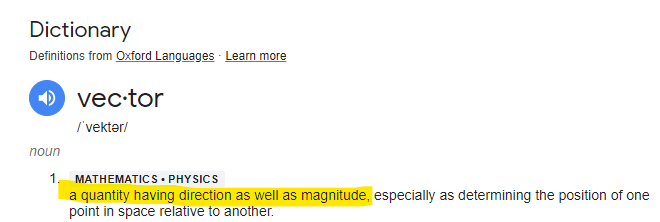
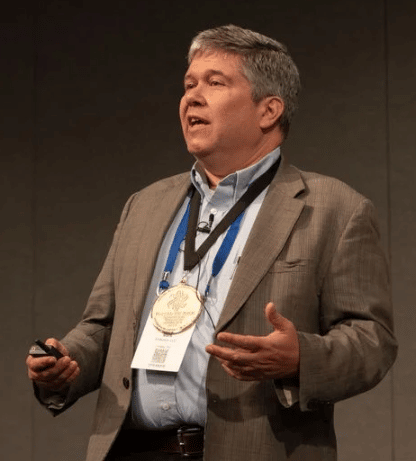
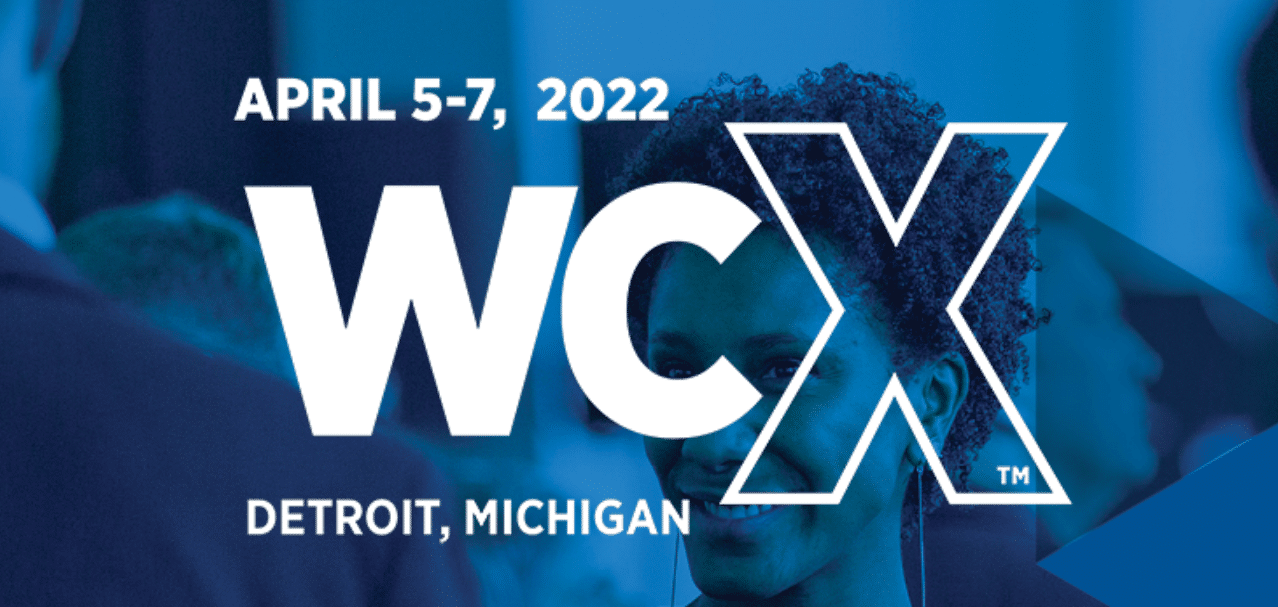
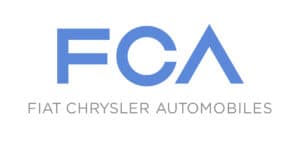 with coauthors C Elango, Sathish Kumar Pandi, and Roshan N. Mahadule from FCA Engineering India Pvt, Ltd. Check out the abstract or
with coauthors C Elango, Sathish Kumar Pandi, and Roshan N. Mahadule from FCA Engineering India Pvt, Ltd. Check out the abstract or 
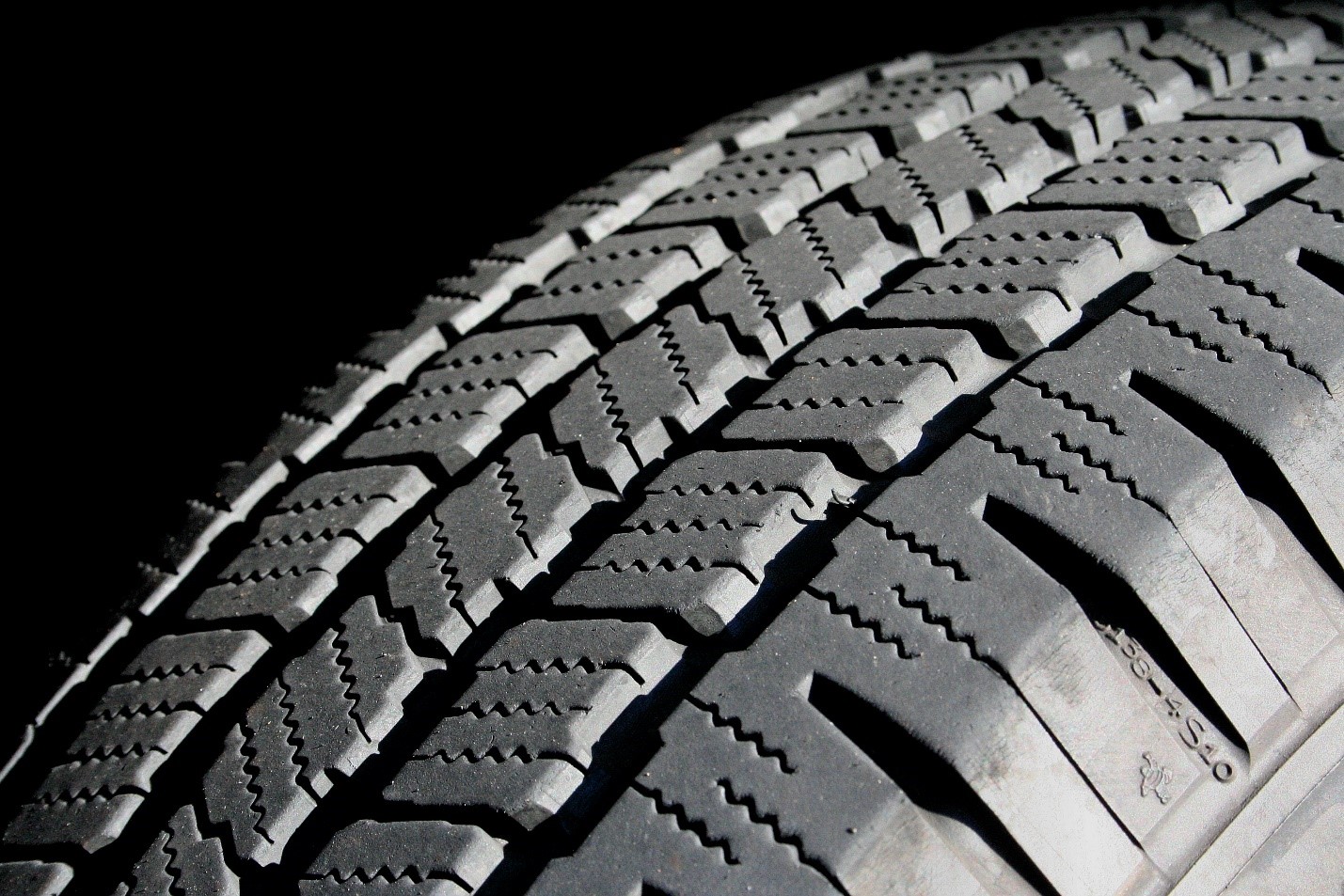 The Tire Society held its 40th annual meeting last month with the theme The Virtual Tire. It has always been the place to see up and coming ideas, to see who is pushing into the frontiers of the field, and to renew professional connections across the industry. Endurica was very proud to sponsor this year.
The Tire Society held its 40th annual meeting last month with the theme The Virtual Tire. It has always been the place to see up and coming ideas, to see who is pushing into the frontiers of the field, and to renew professional connections across the industry. Endurica was very proud to sponsor this year.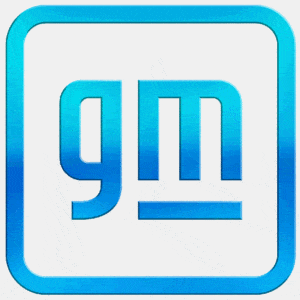 GM’s Mike Anderson, Executive Director of Global Virtual Design, Development and Validation, kicked off the meeting with his keynote lecture, titled “The Move To Virtual”. He spoke of GM’s target to achieve 100% virtual design by 2025. Anderson explained that this doesn’t mean that physical testing will go away, but rather that GM is dead serious about getting to a “right the first time” scenario rather than a “discover and recover” mode. “It’s a measure twice, cut once” culture, he said. He noted that upstart competitors are sprinting ahead in areas like EVs through the use of simulation and that the speed of discovery has increased significantly in the current competitive environment. Simulation drives learning speed, not only because of the opportunity to get engineering answers at the pre-build phase but also because it enables exploration of more of the design space and more of the performance outcomes. He told the conference that “we need to go beyond just replicating physical tests with simulation, we need to leverage the strength of simulation to go beyond test”. In the Q&A, Anderson was asked whether suppliers will also be expected to be virtual. “That’s gonna be tough to play together” for rubber part suppliers that can’t engage via simulation.
GM’s Mike Anderson, Executive Director of Global Virtual Design, Development and Validation, kicked off the meeting with his keynote lecture, titled “The Move To Virtual”. He spoke of GM’s target to achieve 100% virtual design by 2025. Anderson explained that this doesn’t mean that physical testing will go away, but rather that GM is dead serious about getting to a “right the first time” scenario rather than a “discover and recover” mode. “It’s a measure twice, cut once” culture, he said. He noted that upstart competitors are sprinting ahead in areas like EVs through the use of simulation and that the speed of discovery has increased significantly in the current competitive environment. Simulation drives learning speed, not only because of the opportunity to get engineering answers at the pre-build phase but also because it enables exploration of more of the design space and more of the performance outcomes. He told the conference that “we need to go beyond just replicating physical tests with simulation, we need to leverage the strength of simulation to go beyond test”. In the Q&A, Anderson was asked whether suppliers will also be expected to be virtual. “That’s gonna be tough to play together” for rubber part suppliers that can’t engage via simulation.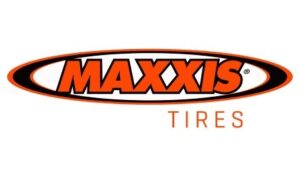 Pooya Behroozinia of Maxxis Tires spoke on “Tire Durability Prediction Using Three-Element Layered Mesh for Cord-Rubber Composites”. Behroozinia shared a tire meshing technique for improving representation of interlaminar shearing in their tire model. They used Endurica DT to simulate the damage accruing across all of the 6 steps in a stepped-up load durability test, and they were able to predict correctly the lower sidewall failure mode, the life (45 hours observed, 38 hours predicted), and the crack orientation. They also had a 2nd validation case in which the loads were increased by 10% in all steps of the test. The simulation again predicted correct failure, and the comparison of experimental life (41000 km) to simulated life (36330 km) was in good agreement.
Pooya Behroozinia of Maxxis Tires spoke on “Tire Durability Prediction Using Three-Element Layered Mesh for Cord-Rubber Composites”. Behroozinia shared a tire meshing technique for improving representation of interlaminar shearing in their tire model. They used Endurica DT to simulate the damage accruing across all of the 6 steps in a stepped-up load durability test, and they were able to predict correctly the lower sidewall failure mode, the life (45 hours observed, 38 hours predicted), and the crack orientation. They also had a 2nd validation case in which the loads were increased by 10% in all steps of the test. The simulation again predicted correct failure, and the comparison of experimental life (41000 km) to simulated life (36330 km) was in good agreement. Vidit Bansal of CEAT spoke on “Incremental, Critical Plane Analysis and Experimental Verification for TBR Tyre Bead Endurance Applications”. Similar to the Maxxis paper, CEAT used Endurica DT to simulate a multi-step durability test with loads ranging from 80% to 250%. In this paper, two different truck tire sizes were modeled and tested, a 10.00R20 and an 11.00R20. The analysis correctly predicted the ply turnup as the critical location. The predicted lives of the two tire sizes were predicted at 90-93% of the actual tested life in both cases.
Vidit Bansal of CEAT spoke on “Incremental, Critical Plane Analysis and Experimental Verification for TBR Tyre Bead Endurance Applications”. Similar to the Maxxis paper, CEAT used Endurica DT to simulate a multi-step durability test with loads ranging from 80% to 250%. In this paper, two different truck tire sizes were modeled and tested, a 10.00R20 and an 11.00R20. The analysis correctly predicted the ply turnup as the critical location. The predicted lives of the two tire sizes were predicted at 90-93% of the actual tested life in both cases.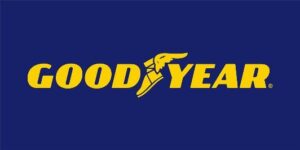 Tom Ebbott and Gobi Gobinath of Goodyear spoke on “A Model for Predicting Residual Casing Life of a Tire Following an Impact Event”. This work demonstrated the consequences on tire damage development of a range of impact event scenarios (3 speeds, 4 impact angles, 3 different wear states) early in the life of the tire. It used Endurica DT to accrue damage from both the impact event (computed with explicit FEA) and subsequent tire runout under steady state rolling conditions (computed with implicit FEA). The crack growth rate curve during the impact was based upon experimental measurements of the critical tearing energy at impact rates. When asked about experimental validation of the simulation results during the Q&A, Ebbott noted that “the modeling work stands on its own – it is based on sound physics”.
Tom Ebbott and Gobi Gobinath of Goodyear spoke on “A Model for Predicting Residual Casing Life of a Tire Following an Impact Event”. This work demonstrated the consequences on tire damage development of a range of impact event scenarios (3 speeds, 4 impact angles, 3 different wear states) early in the life of the tire. It used Endurica DT to accrue damage from both the impact event (computed with explicit FEA) and subsequent tire runout under steady state rolling conditions (computed with implicit FEA). The crack growth rate curve during the impact was based upon experimental measurements of the critical tearing energy at impact rates. When asked about experimental validation of the simulation results during the Q&A, Ebbott noted that “the modeling work stands on its own – it is based on sound physics”.